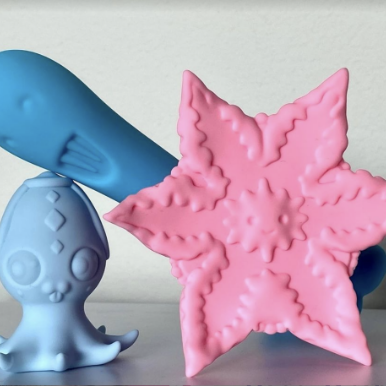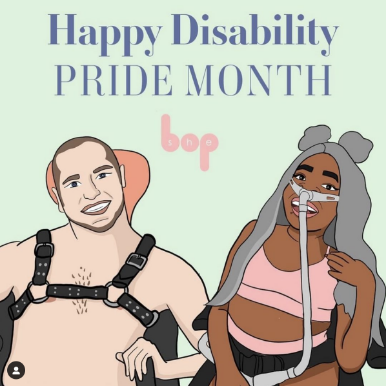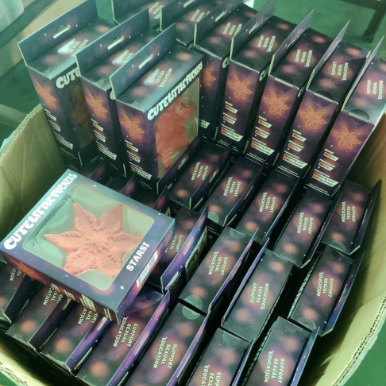Hellooooo friends!
Step here, feeling inspired by the stories you've shared with us… and also somewhat awed by the multiplicity of experiences that exist.
The version of sex we see in popular media can be so limited.
It's nice when we can remind ourselves that there is no "normal," and that however we experience our sexuality is valid.
One of the biggest misperceptions around sex has to do with how we experience desire. There's this misguided belief that desire for others should pop up out of the blue because, well, that's how relationships — monogamous or otherwise — work.
Or we assume that folks are always up for a self-pleasure session because, well, why wouldn’t we be?
But that's only one type of desire, known as spontaneous desire.
And not everyone feels it.
Instead, plenty of us experience responsive desire, which means we only feel a sense of wanting after being stimulated.
Some of us experience one type of desire all the time. Others of us ping-pong back and forth between the two. And for all of us, the amount of desire we feel can fluctuate.
Basically, whether we're asexual, greysexual, pansexual, or something else entirely, we all experience desire differently.
But what does this mean for our sex lives?
|




